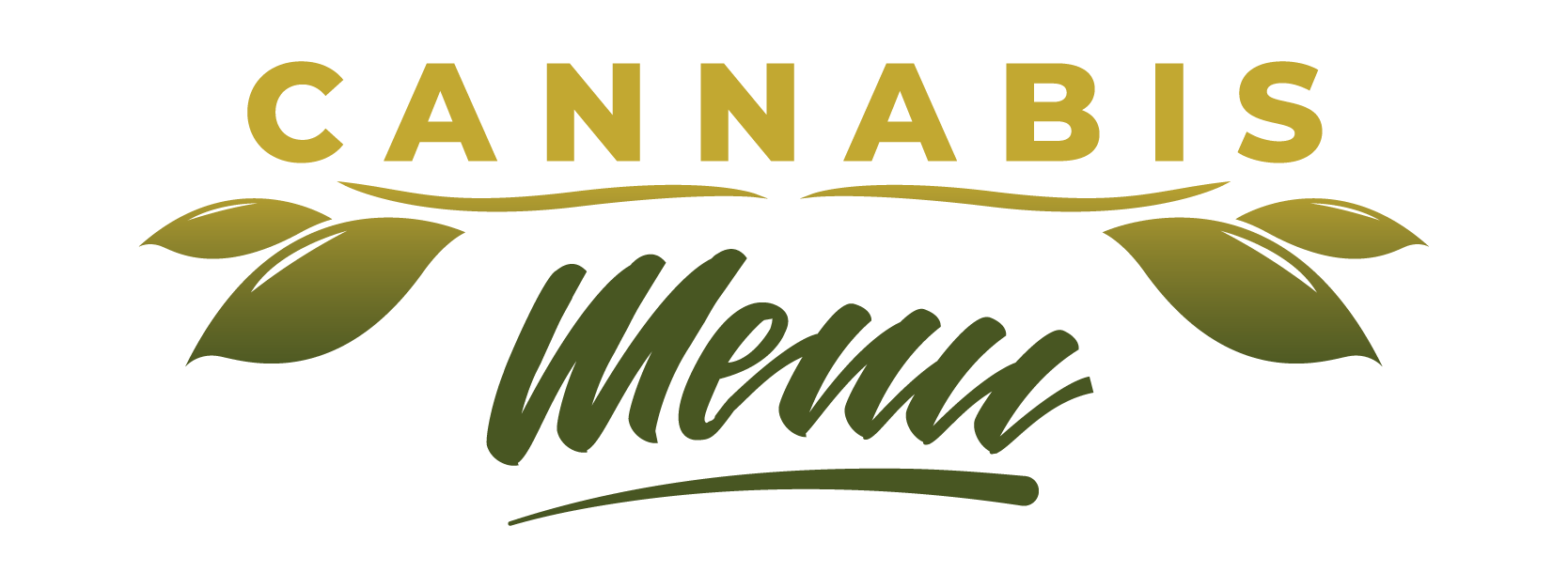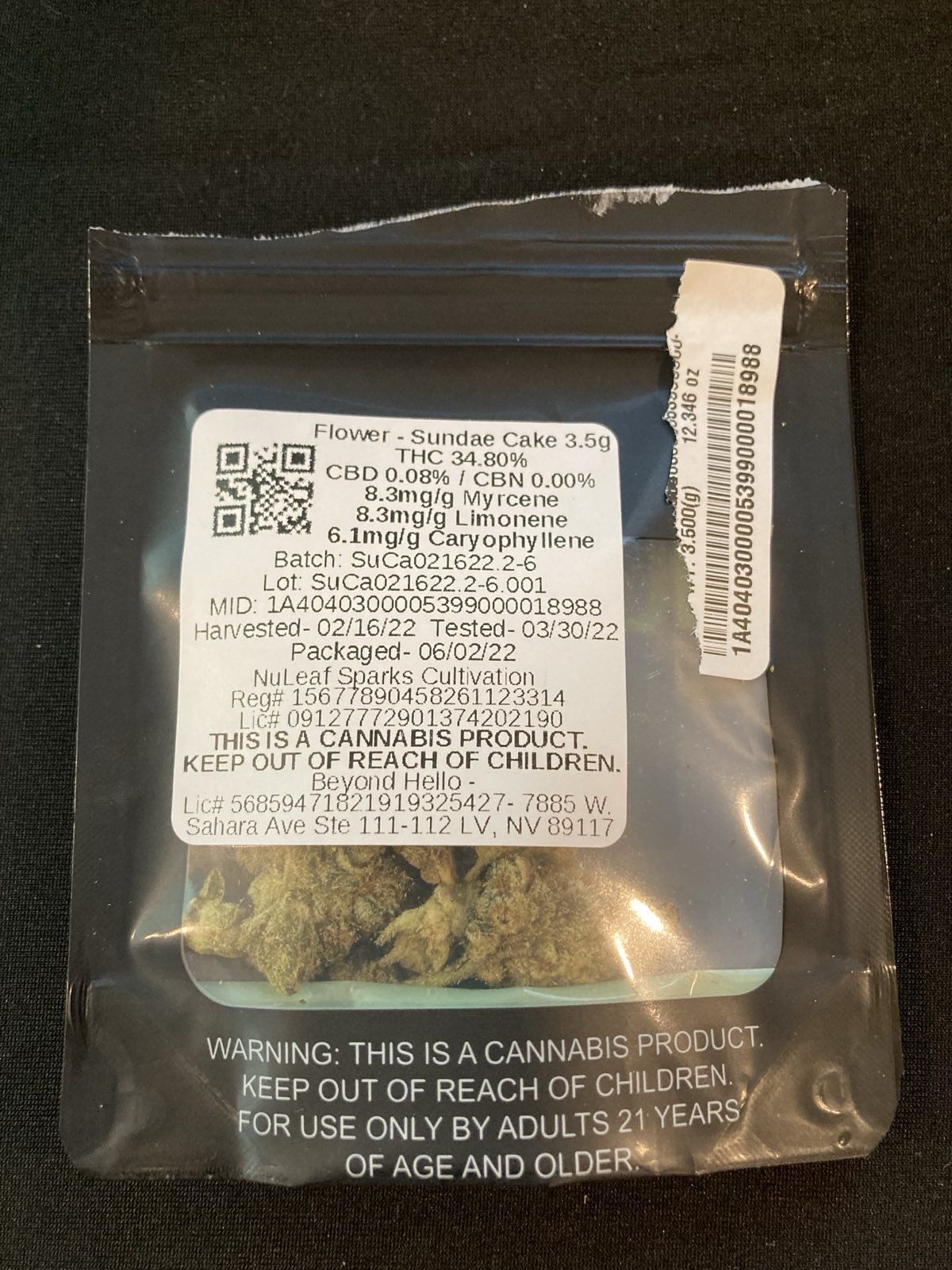In the evolving landscape of cannabis retail, dispensaries are increasingly relying on e-commerce strategies to meet growing consumer demands. Among the most vital features on both desktop and mobile app menus are pickup and delivery options. These fulfillment methods not only drive consumer convenience but also contribute to operational efficiency and increased sales. As customers shift toward digital-first purchasing behavior, dispensaries must integrate robust order fulfillment systems into their e-commerce and mobile platforms.
Why Pickup and Delivery Options Matter
Offering both pickup and delivery options allows dispensaries to meet a wide range of consumer preferences. Pickup services—especially curbside—have become essential for customers seeking convenience, privacy, or speed. Delivery, on the other hand, provides access for individuals who may not be able to travel, those living in areas with limited cannabis access, or customers who simply prefer the product brought directly to their door.
These fulfillment options became especially critical during the COVID-19 pandemic, when in-store shopping restrictions pushed cannabis retailers to innovate. Dispensaries that already had pickup and delivery systems in place—or that could implement them quickly—experienced fewer disruptions. Today, these features remain a consumer expectation, not just an option.
Seamless Integration into Dispensary Websites and Menus
From a technical standpoint, integrating fulfillment options into dispensary websites requires synchronization between the POS system, e-commerce engine, and product inventory databases. Real-time menu updates are crucial; a customer should never select a product that’s actually out of stock. Dispensaries using platforms like Dutchie, Treez, or Jane Technologies often benefit from built-in features that connect inventory directly to digital menus.
Customers browsing menus should be able to clearly filter between pickup and delivery availability, see estimated wait or arrival times, and understand any minimum order or ID verification requirements. Integrating these logistics transparently into the menu interface increases user satisfaction and trust.
Mobile App Menus: A Must-Have Extension
Mobile apps are rapidly becoming the preferred channel for cannabis orders. According to multiple retail analytics firms, mobile commerce now accounts for over 60% of e-commerce traffic in retail sectors, including cannabis. Apps provide push notifications, loyalty rewards, and user profile personalization—making them ideal for recurring orders.
When mobile app menus incorporate real-time availability, geolocation for delivery zones, and touch-optimized checkout flows, customer satisfaction soars. For instance, a user placing a delivery order from their app during their commute home expects their preferred product to be delivered within a precise timeframe, with text updates confirming order processing, dispatch, and arrival.
Apps should also integrate verification steps for age and medical eligibility if applicable, helping to keep the business compliant while maintaining a smooth customer experience.
Fulfillment Logistics: Behind the Scenes
To support these front-end experiences, dispensaries need well-orchestrated backend operations. Fulfillment begins with order processing—usually within a POS system that queues orders based on urgency, type (pickup or delivery), and staff availability. Inventory accuracy plays a major role in fulfillment success. Systems must flag low stock, manage batch tracking for compliance, and prevent double-selling across multiple channels.
Some dispensaries adopt a “pre-pack” model, where common products are readied in advance for frequent orders. Others use dynamic fulfillment models where orders are assembled on demand. Regardless of method, communication between inventory managers, budtenders, and delivery staff is key.
Delivery systems must also comply with regional laws concerning cannabis transport, such as vehicle tracking, delivery radius limits, and chain-of-custody documentation.
Customer Experience: Building Trust and Loyalty
Consumer satisfaction hinges on the reliability of fulfillment. If a customer orders a product online, only to be notified 30 minutes later that it’s out of stock or delivery isn’t available in their ZIP code, the brand takes a hit. Accurate fulfillment is a core pillar of brand trust.
Equally important is transparency around fees, delivery minimums, and estimated times. Apps and websites should show these details upfront to avoid abandoned carts or negative reviews. Features like saved favorites, reorder buttons, and pre-scheduled pickups further enhance convenience.
Furthermore, brands that collect feedback post-fulfillment and use it to improve their services see stronger customer retention and better online reviews, which are vital in the competitive cannabis space.
In Summary
Incorporating delivery and pickup fulfillment options into both website and mobile app dispensary menus is essential for success in today’s cannabis e-commerce landscape. These features offer more than just convenience—they drive engagement, improve retention, and boost sales. As customer expectations continue to evolve, dispensaries that invest in seamless, accurate, and mobile-friendly fulfillment systems will be best positioned for long-term growth and loyalty in a fast-growing market.

